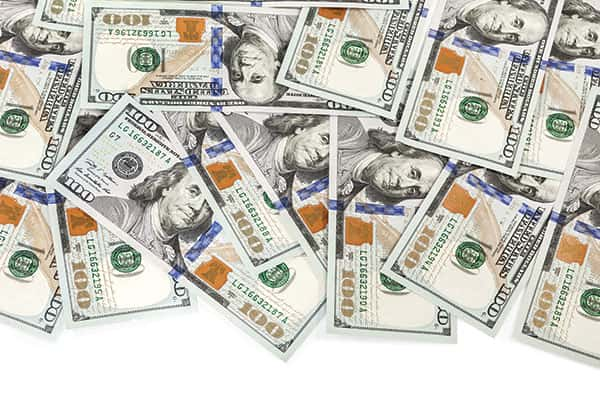The $500, $1,000, $5,000, and $10,000 bills were canceled by the federal government in 1969, making the $100 bill the greatest value of currency still in use. Yet, the C-note had already been around for over a century before that.
To finance the Civil War, the initial national notes were printed in 1862; in that year, these were designated as legal money and called “greenbacks.” In the first printing, there were $100 notes with a picture of Gen. Winfield Scott.

The initial Federal Reserve notes were released by the government in 1914, featuring $100 bills displaying Benjamin Franklin’s image, a founder whose name has come to represent wealth. They lived together alongside the earlier Treasury notes until taking over as the country’s legal currency.
In less than 110 years, certain Benjamins will be valued at much over 100 dollars.
This particular C-note was one of the first of a series of documents referred to as gold certificates, and the name doesn’t simply refer to the fact that they were written in black ink on a sheet with a gold hue. On the opposite side is written, “One Hundred Dollars in Gold Coin.”




